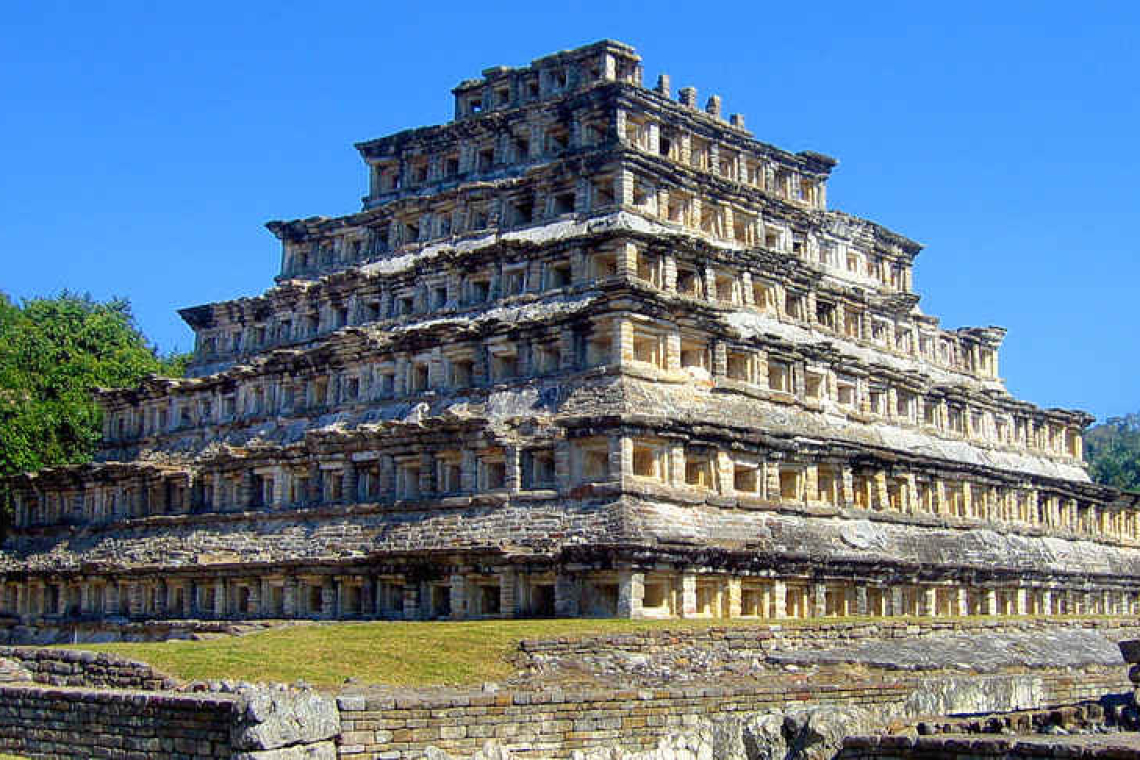~ St. Maarten’s Backyard Astronomy for June 23-25 ~
Sun rises at 5:38am
Sun sets at 6:50pm
Lunar phase: 1st quarter, waxing crescent
Moon rises at 11:56am
Moon sets at 11:37pm
This past week, we experienced a celestial moment of significance. Our Summer Solstice was Wednesday, June 21. From around the world, the sun rose and set as far north as it ever does. This solstice marks the point when, from the earth’s perspective, the sun reaches its northernmost point for the entire year.
Did you know everyone on our planet experiences a solstice at the same moment? It is a true global event. Having said that, what significance the solstice holds may vary from location to location; the most obvious being that the Northern Hemisphere sees this at the start of the summer season, while for the Southern Hemisphere, the June solstice represents the start of the winter season. But regardless, throughout the world, the solstice is recognized as a “turning point” of the year.
People, animals and even vegetation are tuned in to the solstice. Why? Because the length of the daylight hours versus the night-time hours is critical to life. Light and dark rule our natural world, as you would be keenly aware if you had no electricity for months on end.
Ancient cultures kept close watch on how the sun’s path across the sky changed at different times of the year. They knew the length of daylight, and the location of the sunrise and sunset.
Many cultures celebrated the solstice as a culmination of something. They built monuments such as Stonehenge in England, the Pyramid of the Niches in Mexico and at Machu Picchu in Peru. Today, we understand that solstices are astronomical events, caused by Earth’s tilt on its axis and by its orbital motion around the sun.
For us in the modern world, the solstice is a time to recall the reverence and understanding that early people had for the sky. Many still gather at these sites to honour this heritage and the sacred geometry that rules our skies.
No world body has designated an official day to start each new season, and different schools of thought or traditions define the seasons in different ways. Yet June 21 is perhaps the most widely recognized day upon which summer begins in the Northern Hemisphere and upon which winter begins on the southern half of Earth’s globe.
A common question is: If the June solstice brings the longest day, why do we experience the hottest weather in late July and August? This effect is called the lag of the seasons. It’s the same reason it’s hotter in mid-afternoon than at noontime. Air and water just takes a while to warm up. Even in June, ice and snow still blanket the ground in some places. The sun has to melt the ice – and warm the oceans – and that’s when we feel the most heat.
Thank you for keeping up with the Night Sky articles, backyard astronomy designed for St. Maarten sky viewing. FYI: If you are out later on in the week, note that each star rises about four minutes earlier each day than written here, and the moon rises 50 minutes later. Night Sky is researched and compiled by Lisa Davis-Burnett. Earthsky.org is a key resource for information and images. Photo credit this week going to Christie Mandelville for her gorgeous sunset image. Questions or comments? Email This email address is being protected from spambots. You need JavaScript enabled to view it.







